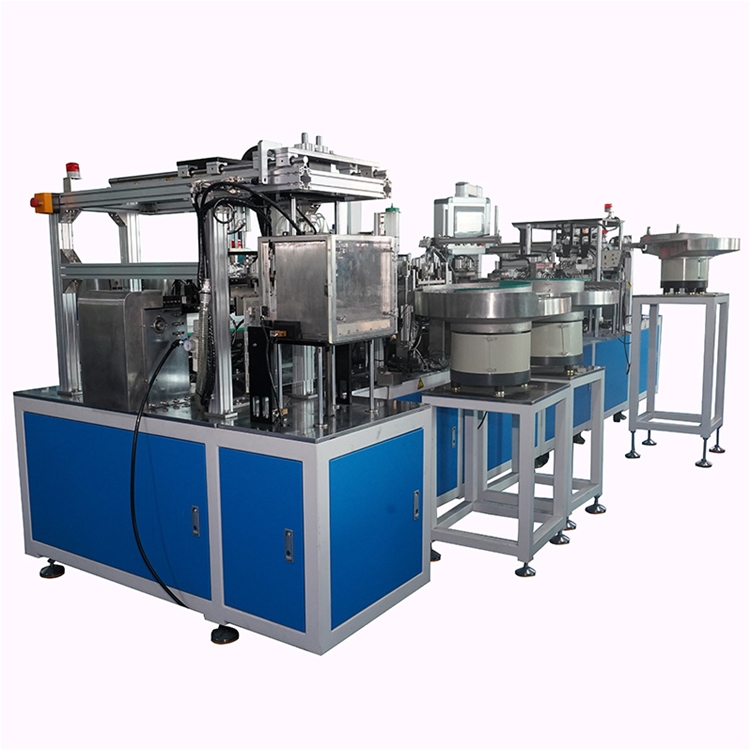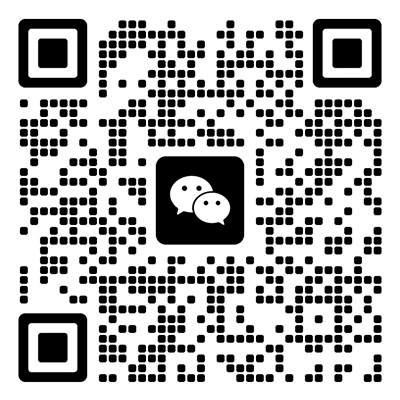In the medical industry, the production quality and efficiency of medical devices are directly related to the health and safety of patients. As a commonly used medical device, the biplane venous needle catheter is widely used in medical procedures such as intravenous infusion and blood collection. The emergence of the biplane venous needle catheter assembly machine has greatly improved the production level of venous needle catheters and become an important equipment in the medical production field.
1、 Working principle and process
The biplane venous needle catheter assembly machine mainly works based on the principle of automated machinery. The workflow first involves precise feeding of various components, using feeding devices such as vibration discs and conveyor belts to orderly transport needle tubes, double wings, conduits, and other components to the assembly station. During the assembly process, high-precision robotic arms and molds are used to firmly connect the needle tube to the wings according to strict process requirements, ensuring accurate angles and positions of the wings for easy operation by medical personnel. Subsequently, the connected needle tube and catheter are docked and assembled, and a tight bond is achieved through methods such as hot melt and adhesive bonding to ensure smooth and leak free liquid transmission during infusion or blood collection. The entire assembly process is precisely controlled by the control system to ensure the accuracy and stability of each action.

2、 Structural composition
Loading system: It includes vibration discs specifically designed for various components, which can be customized according to the shape and size of the components. Through vibration, the components are arranged in an orderly manner and transported onto the conveyor belt. The conveyor belt is responsible for smoothly transporting the components to various assembly stations, ensuring the continuity and stability of feeding.
Assembly system: composed of multiple high-precision robotic arms and molds. The robotic arm has multi axis motion function, which can achieve precise grasping, placement, and assembly actions. The mold is specially designed according to different models of intravenous catheters to ensure accurate positioning of components during assembly and ensure product consistency and quality.
Detection system: equipped with advanced sensors and visual inspection equipment. Sensors are used to detect parameters such as size and position of components, ensuring that each component meets assembly requirements. The visual inspection equipment performs visual inspection on the assembled venous needle catheter, such as checking for glue leakage, loose connections, and other issues. It promptly eliminates unqualified products to ensure product quality.
Control system: As the core of the assembly machine, the control system adopts advanced programmable logic controllers (PLCs) or industrial computers. Through preset programs, the control system can accurately control the movement speed, position, and time of each component, achieving automation and intelligence in the assembly process. At the same time, the control system also has fault diagnosis and alarm functions, which can timely detect and solve problems that occur during equipment operation.










